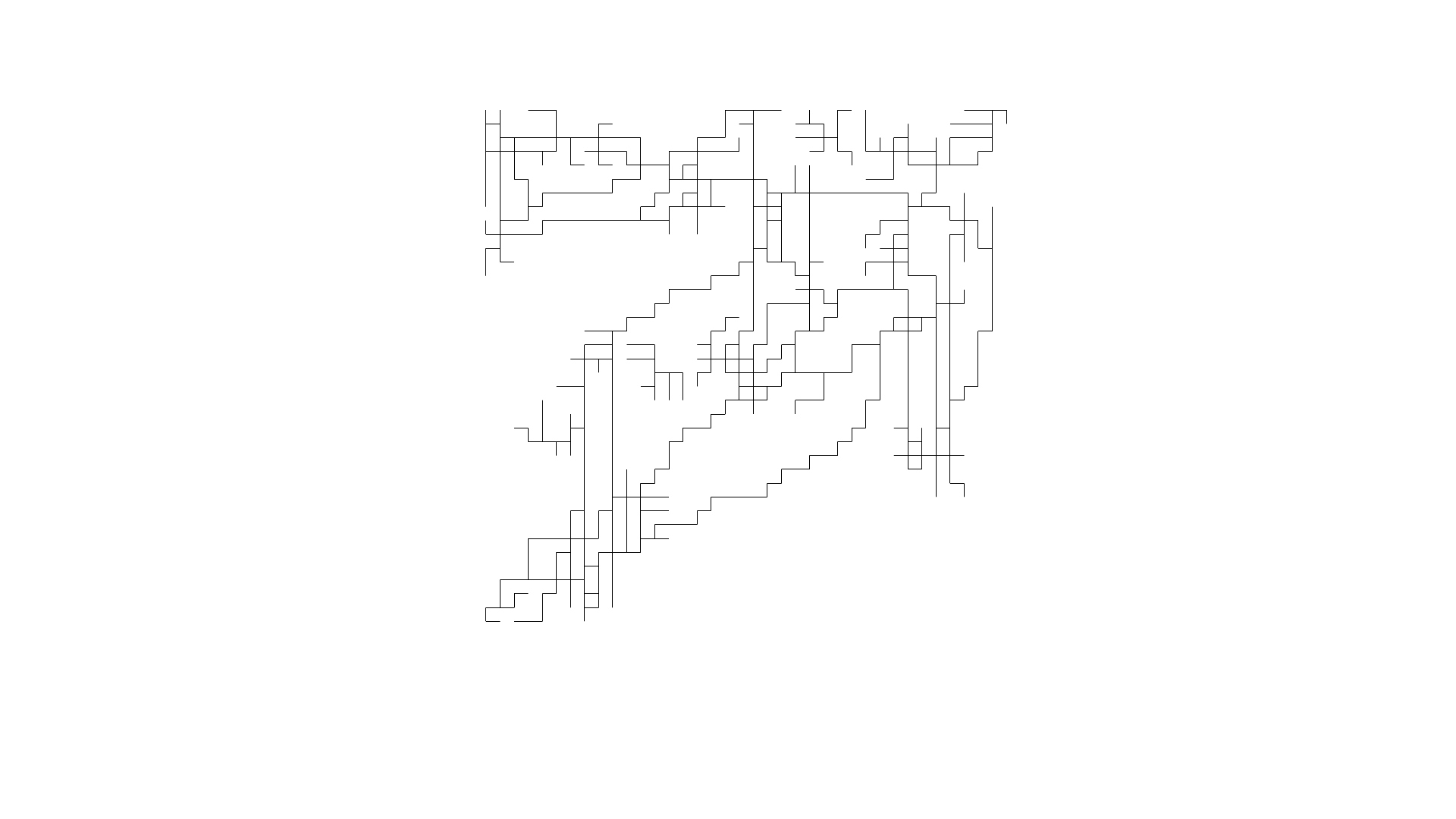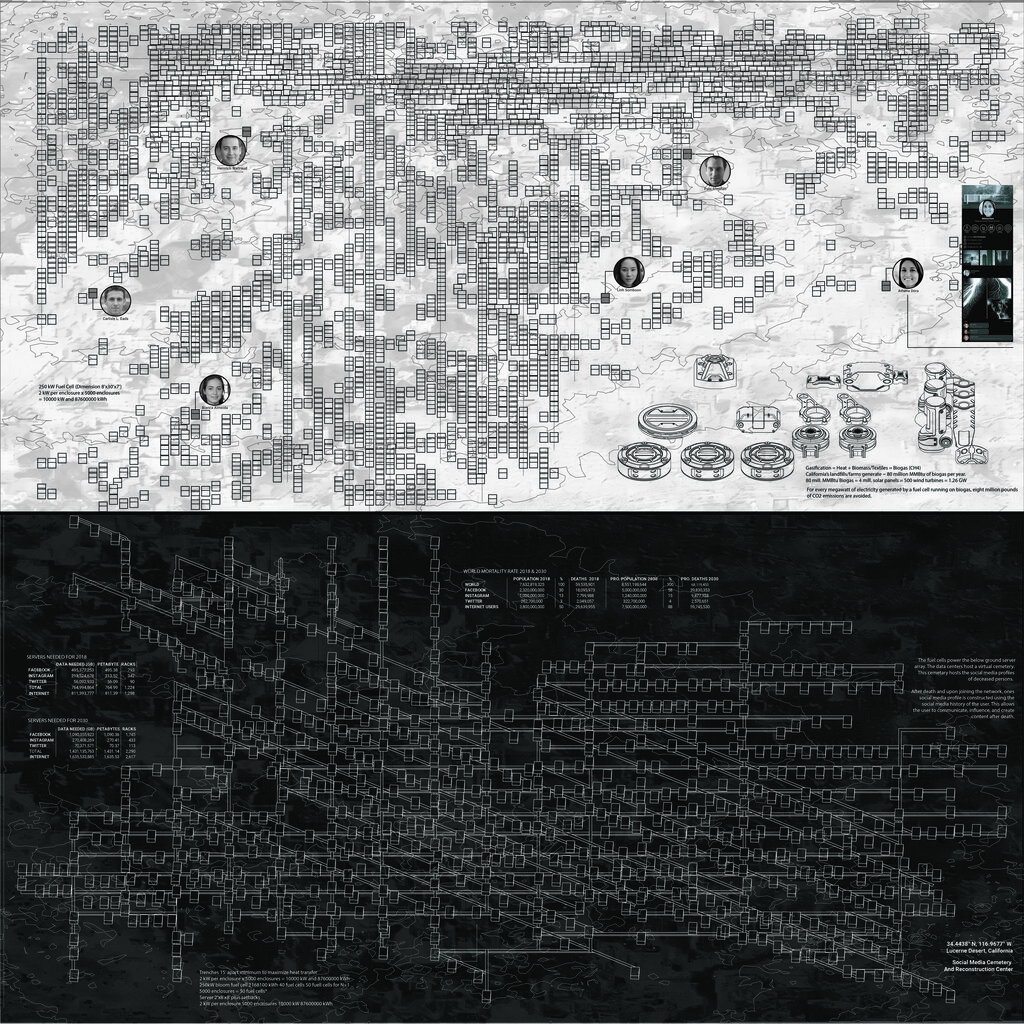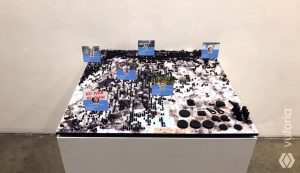
Can Social Media and Its Data History Live on After We Die?
Social media has impacted the world in more ways than none. However, what happens to our data and data history when one passes on? Where does this data go, and is there a way for it to “live on” after one passes? One project explores social media, data, and its “influential powers” in the afterlife in Virtual Cemetery + Reconstruction Center.
Graduates of SCI-Arc’s Architectural Technology post-graduate program Laure Michelon and Sofia Ospina developed the project during M. Casey Rehm’s Design Lab in 2019. Rehm is currently the MS Architectural Technologies Coordinator at SCI-Arc and focuses on programming and robotics in design. During their Design Lab, the project experimented with social media and data storage as it’s transformed through a Cycle-GAN. The two explain, “the virtual cemetery and reconstruction center is where after death and upon joining the network, one’s social media profile is reconstructed using the user’s social media history. This allows the user to communicate, influence, and create content after death. The virtual cemetery is hosted on a megastructure data center below ground and fed by a fuel cell array above ground.”
To learn more about these virtual cemeteries, Data Aided Design connected with Laure Michelon to learn more about their project and the software used to develop the project.

Thinking of social media data and death are intriguing subjects to pair. What did you both hope to address with your project?
The virtual cemetery touches on many cultural implications such as immortality, religion, resurrection, the importance of social media, deletion, and the cost implications of data and death. Through our research, we posed the question, “Will people willingly join the network or be brought back by loved ones who miss them? Would you willingly join?
How was data used in your project’s development?
The site was transformed through a Cycle-GAN (generative adversarial neural network). The neural network recreated the structure of a cemetery after thorough training with images of a cemetery in Medina, Saudi Arabia. The fuel cell array was tested in multiple configurations using agent-based C# code. The array finds the shortest path between the black and dark grey areas of the trained desert image and the lattice structure that organizes the server array below. Because the fuel cells need to feed the server array below, the grid influences where the fuel cells are located. The servers are below ground to help dissipate the heat and retain a more constant temperature. Above ground is a fuel cell array and biogas plant. The biogas plant turns biodegradable waste into methane, which can then be converted into fuel for the fuel cells. This maintains an off-grid fuel status for the virtual cemetery and allows for N+1 redundancy and resiliency. Information on the energy production of these technologies was used to determine the size of the arrays.

Were there specific challenges you faced while working on your project?
The intersection between reality and speculation was challenging. I wanted the project’s energy analysis to be realistic. Our goal was for the project’s energy infrastructure could actually power the project and make sense for it, with such a speculative project that can become very difficult very quickly.
What software was used while working on this project?
CycleGAN, the neural network, was used to generate the landscape design, StyleGAN was used to generate the people used as examples for the platform, C# in combination with Grasshopper and Rhino was used for the layout of the fuel cells and server farm. Unity and Vuforia were used to represent the project and display the profiles over the virtual cemetery in a sort of likeness to a traditional cemetery and headstones.






